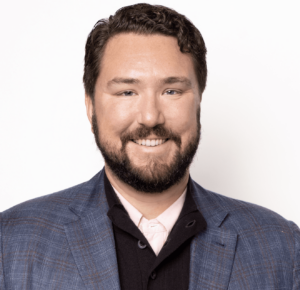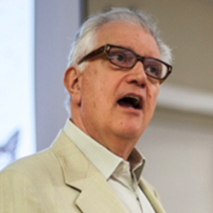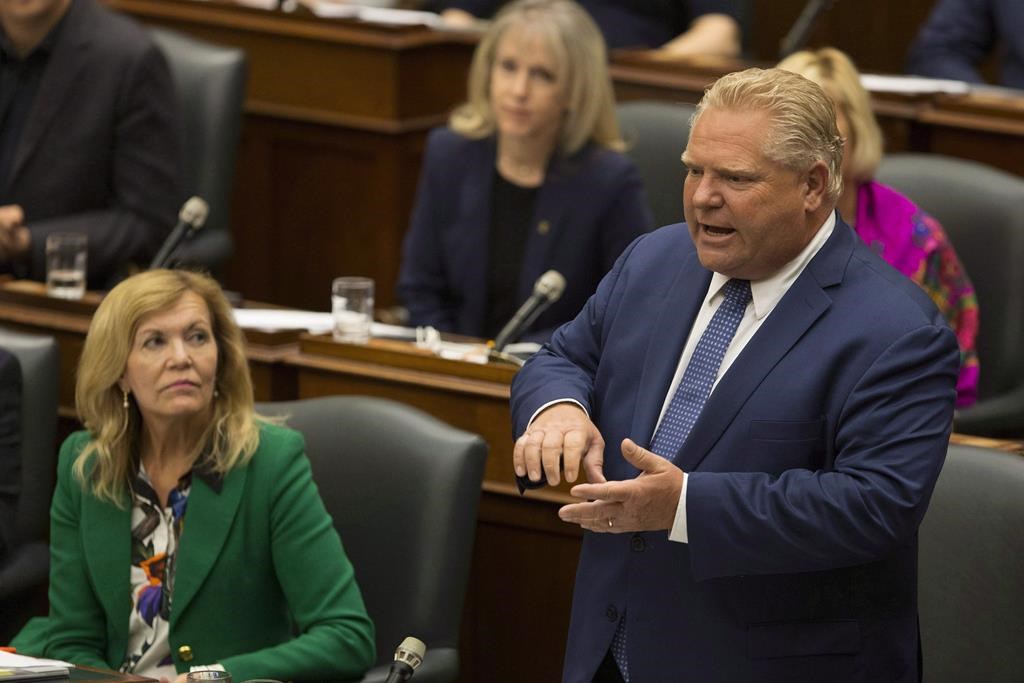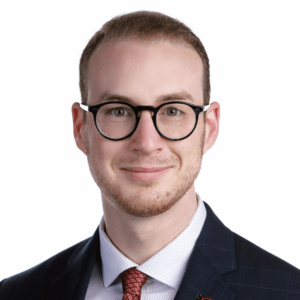“What fresh hell,” the PM said, channeling us all as we stare down the threat of this omicron variant interrupting another holiday season.
“What fresh hell,” say I, as I prepare to write my annual year-end “hot or not” and prediction columns.
Here’s the first: my little annual tradition (defined, from my collegiate days, as “anything two men of college recall happening more than twice”) of who’s up, who’s down, and who really bothered me this year.
Justin Trudeau: Hot
The PM’s act might be wearing thin on a significant segment of the population, but his gamble to call an unnecessary election paid off, giving him his third straight win, and second straight almost-a-majority-but-not-quite mandate. He seems a bit disengaged, but his handling of COVID-19 has been a solid “good enough”, and whether he tries to keep governing for the long term or is into legacy mode, no one can deny he might be a bit greyer, but it’s still working for him.
Erin O’Toole: Not
He lost, when his job was to win. He also seems blithely unaware that he lost. I heard him speak, introducing former PM Brian Mulroney at the Churchill Society. It was unfair — the Tory grandee outclassed him in a way that was almost, inadvertently, mean.
Chrystia Freeland: Not
Count me as one Liberal not sold on her as heir apparent. She is losing the opening round of her tussle with Conservative rabble rouser Pierre Polievre. He might be over the top, and generally wrong on the economics, but he has a message about the cost of living most normal people can relate to, and even cheer on. Freeland, meanwhile, seems kind of annoyed that she has to explain why she is right, and others are wrong. Lecturing isn’t leading.
Pierre Polievre: Hot
See above.
Doug Ford: Hot
Love him or hate him or really hate him, the vast majority of Ontarians think he’s done OK this past year. It’s been far from perfect, but his heart is seemingly in the right place, and he gets things right, even if it’s on the third try. He also has a real message about housing affordability and traffic congestion. If he could fix his government’s seeming disdain for kids’ education and future, he’d be cruising to reelection. As it stands, he likely will win reelection next June, thanks in no small part to the utter lack of any spark in his two main opposition parties (see below).
Andrea Horwath & Steven Del Duca: Not
The two opposition leaders in Ontario are either invisible and being outflanked by the Tories on labour rights and housing affordability, or unexciting and without a seat. Rather than taking the fight to the Tories, the NDP and Liberal leaders seem to be shadow boxing each other for who comes in second, fighting over a downtown progressive vote at the expense of the suburbs, and trailing a Premier they despise in all key leadership metrics, from caring to competence. It’s not good. Neither oppo leader seems to have a message other than reacting to what Ford does. If they split the vote, as seems likely today, Ford will run up the middle. His opponents may be the best assets he has.
Rachel Notley: Hot
Meanwhile, in Alberta, the former Premier shows all opposition leaders how it’s done. She’s kicking Jason Kenney’s butt, and has a clear contrast message, clear leadership qualities and seems ready to govern if given the chance. Her only problem? The election isn’t tomorrow.
The Curse of Politics: Hot
The best political podcast in Canada — David Herle, Jenni Byrne, Scott Reid and a lot of swearing, Marvel comics references and old war stories — continues to delight, inform and make jogging or car drives more enjoyable. If you’re not listening, you should be.
John Tory: Hot
Calm, competent, kind, shows up to everything, cheerleads the city — the guy has grown on me, and the majority of his voters. If he runs for a third term, he’d win, and cement a legacy as Toronto’s longest-serving mayor. If he doesn’t, there’s no real heir apparent to step into the big shoes he’d leave. I hope he runs again.
Anita Anand: Hot
She’s the cabinet MVP, and the woman who got us all vaxxed, and she’s already righting the ship at DND.
Agree, disagree? Let me know…after the holidays.











